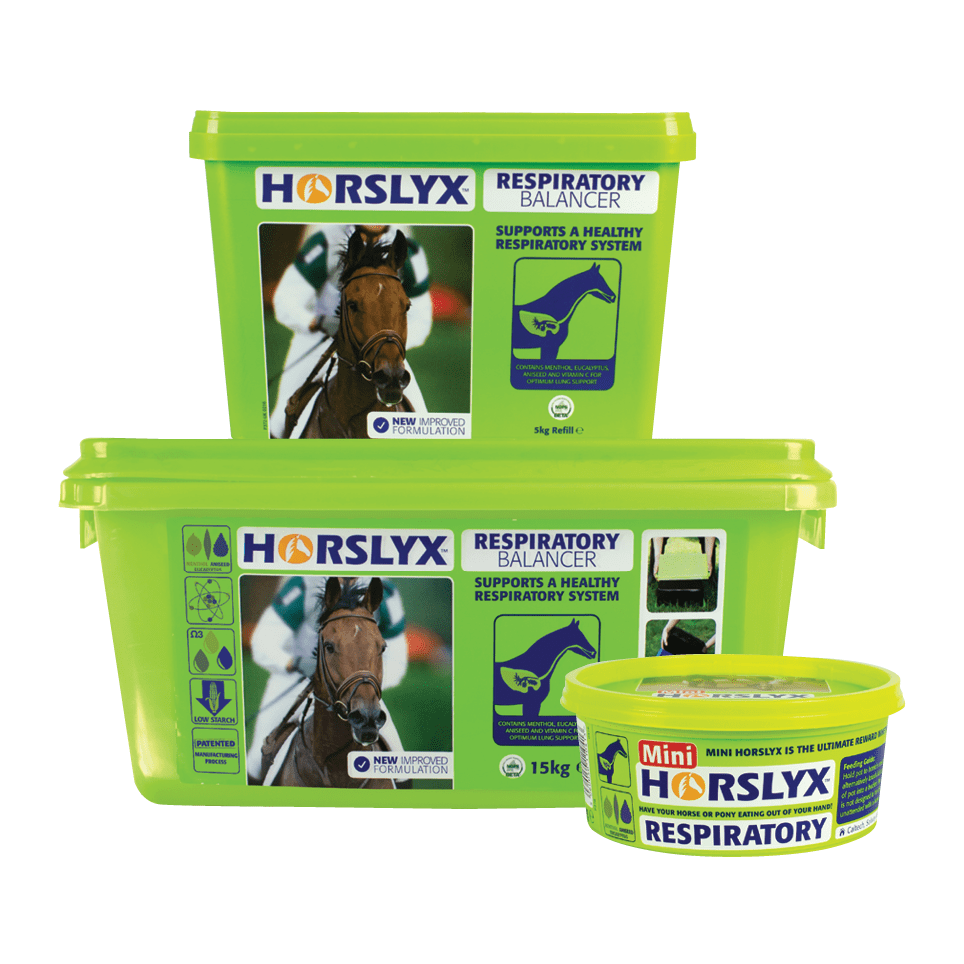
Horslyx is a balancer, supplied in a palatable lick, containing an optimum level of vitamins, minerals and trace elements all in one tub. A balancer supplies a balance of nutrients that are deficient in the horses basal diet which is typically forage based. All Horslyx Balancers are extremely low in starch, making them suitable for horses, which can react unfavourably to traditional cereal based diets. Horslyx Balancers are made by an exclusive cooking process, using the highest quality ingredients. This makes them a unique product, which comes with a whole host of benefits to you and your horse. This also enables the product to be weatherproof and more cost effective than many other products on the market. Horslyx Balancers do not contain any genetically modified feed ingredients or any chemical hardeners, artificial colours or preservatives. All Horslyx Balancers are based on the Original Horslyx formula which supports all round health and vitality; whilst added ingredients in Mobility and Respiratory Balancers provide additional support allowing owners to target nutritional requirements with just one product.
Key Ingredients is Original Balancer
Linseed Oil: Linseed oil is rich in Omega-3 oil and can help in producing a healthy glossy coat, healthy skin and boost the immune system. A horse’s natural diet can be low in Omega-3 so horses often need an additional source to provide these essential fatty acids for optimum health.
Hoof Package: For optimum hoof support all Horslyx Balancers contain a hoof package. This includes Biotin, a water soluble B vitamin that is produced as a by-product of the breakdown of fibre in the hind gut, or must be provided by the diet. It has been shown in several studies to be essential for hoof health, however adding zinc, methionine and providing a full balanced diet is often found to be more effective than biotin alone.
Protein: Protein is important to all horses since it provides the building blocks (amino acids) required for muscle tissue synthesis. Some amino acids can be manufactured by the horse (these are called “non essential” amino acids) and some have to be provided by the diet (“essential” amino acids) because they cannot be produced by the horse.

